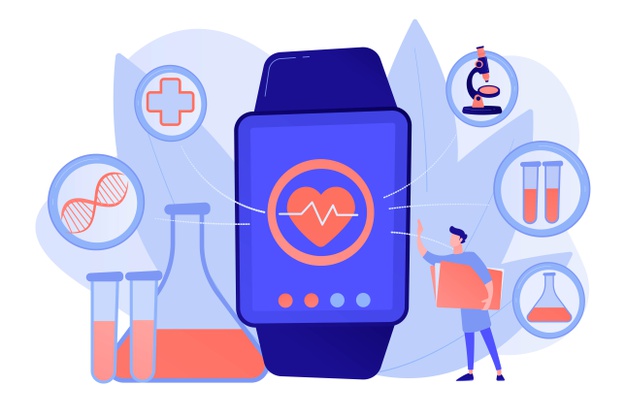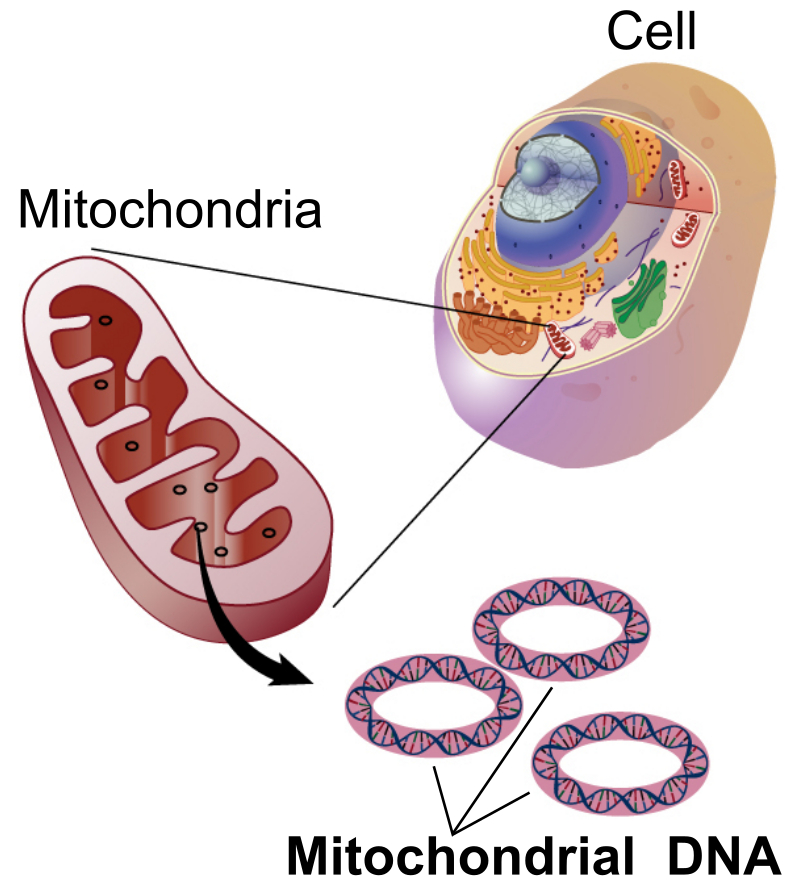DNA testing: Tracing Your Genetic Ancestry

“People will not look forward to posterity who never looks backward to their ancestors.” – Edmund Burke, Reflections on the Revolution in France
Are you interested in tracing your DNA ancestry? If so, do you know where to start?
These questions are valid and deserve a considered answer. Therefore, let’s examine the different types of DNA testing used to trace your ancestral heritage.
At the outset of this article, it is essential to note that the answer to the inferred question of why tracing your lineage is critical is highlighted in the quotation above by Edmund Burke.
Succinctly stated, he notes that people cannot move forward “to posterity” if they do not “look backward to their ancestors.” In other words, only by understanding yourself in the context of your ancestral history can you look to the future and its successes.
What is DNA testing?

Let’s start this discussion by looking at a definition of DNA testing.
Wikipedia.com describes DNA testing as follows:
Genetic testing or DNA testing is used to identify DNA sequence changes or chromosome structure. It includes “measuring the results of genetic changes, such as RNA analysis as an output of gene expression, or through biochemical analysis to measure specific protein output.” And it is also used to “determine biological relatives, such as a child’s parentage (genetic mother and father) through DNA paternity testing or be used to broadly predict an individual’s ancestry.”
Therefore, should you wish to trace your ancestors, you can submit a sample of your DNA to a genetic testing laboratory such as CRI Genetics. They will analyze your DNA to determine the race, ethnicity, and geographic location of your ancestors.
DNA ancestry: What, why, and how?

Succinctly stated, DNA ancestry is the art and science of analyzing human DNA to determine their ancestry or origins. According to medicineplus.gov, it is a way for people interested in genealogy to “go beyond what they can learn from relatives or historical documentation.” The analysis and examination of DNA can supply clues about where an individual’s ancestors have come from. It is also able to describe the relationship between families.
How?
In summary, specific genetic variations are shared by people of particular backgrounds, like geographic location, ethnicity, race, religion, and culture. The more closely related a group of people are the more patterns of variations they share.
There are three types of DNA ancestry testing most commonly used.
1. Y chromosome testing
Direct male-line ancestry can be explored by testing for variations in the Y chromosome because these variations are exclusively passed from father to son. Consequently, this testing can only be done on male DNA samples for females do not carry the Y chromosome.
Interestingly, the Y chromosome is passed between father and son on the same pattern as family names are passed down. Thus, this form of DNA ancestry testing helps determine whether individual men with the same surname are related.
2. Mitochondrial DNA testing

This test identifies genetic variations in the mitochondrial DNA.
As an aside, mitochondrial DNA is the small circular chromosome found inside the mitochondria or elements of cells responsible for energy production. Both the mitochondria and mitochondrial DNA are passed down from mother to child. Therefore, both males and females carry mitochondrial DNA. This DNA also only has 16 500 base pairs. It also encodes different proteins that are specific to the mitochondria. If there is a defect in some of these mitochondrial bases, you will have a mitochondrial disease. In other words, your body won’t be able to produce enough energy for elements such as your muscles, brain, and kidneys.
Mitochondrial DNA testing provides information about the direct ancestral female line. This type of testing can be used for both male and female genders because, although it is only passed down by the mother, it is present in both male and female offspring. It is also useful from a genealogy perspective because it preserves information about female ancestors otherwise lost in historical records.
3. Single nucleotide polymorphism testing (SNPs)
These tests are designed to look for a wide range of variations across an individual’s genome. The results are then compared to others who have already undertaken this form of genetic testing to determine their ethnic background. It is essential to note that this is often an, albeit accurate, estimation of an individual’s ethnic background. For instance, a typical pattern of SNPs might be 50% European, 5% unknown, 20% African, 25% Asian.
These tests are used in conjunction with mitochondrial DNA and Y chromosome testing to gain a full picture of the individual’s genetic ancestry. Mitochondrial DNA and Y chromosome testing results only represent single ancestral lines. They do not capture an individual’s overall ethnic background; hence, the need for all three DNA ancestry types to provide the best ancestral picture possible.
Why DNA ancestry testing?

There are several benefits to ancestry testing, apart from the most important merit of determining your ancestry.
1. Trace your living relatives
If you know you have living relatives somewhere in the world but don’t know who or where they are, genetic testing is a good start. DNA testing laboratories keep a record stored in a data bank of all DNA samples tested. Thus, the lab can compare the results of your DNA sample with the stored results. If there is a match, they will let you know, starting the journey to finding your relatives living both close by and far away.
2. Allow your relatives to trace you
This point is the counterbalance to the first point in this section. By submitting a DNA sample for ancestry testing, not only can the genetics laboratory compare your results with the existing data in the data bank, but your results will also be added to the data bank, facilitating the process if any of your relatives are searching for other family members.
3. Construct an accurate family tree
Humankind is fascinated by their ancestry or their genealogy. We are naturally born storytellers and have an inborn need to trace our ancestors. DNA testing can play a fundamental role in tracing ancestral heritage. If nothing else, it gives people a place to start.